Groundwater Resource Management During Dewatering for Infrastructure Construction (2021)
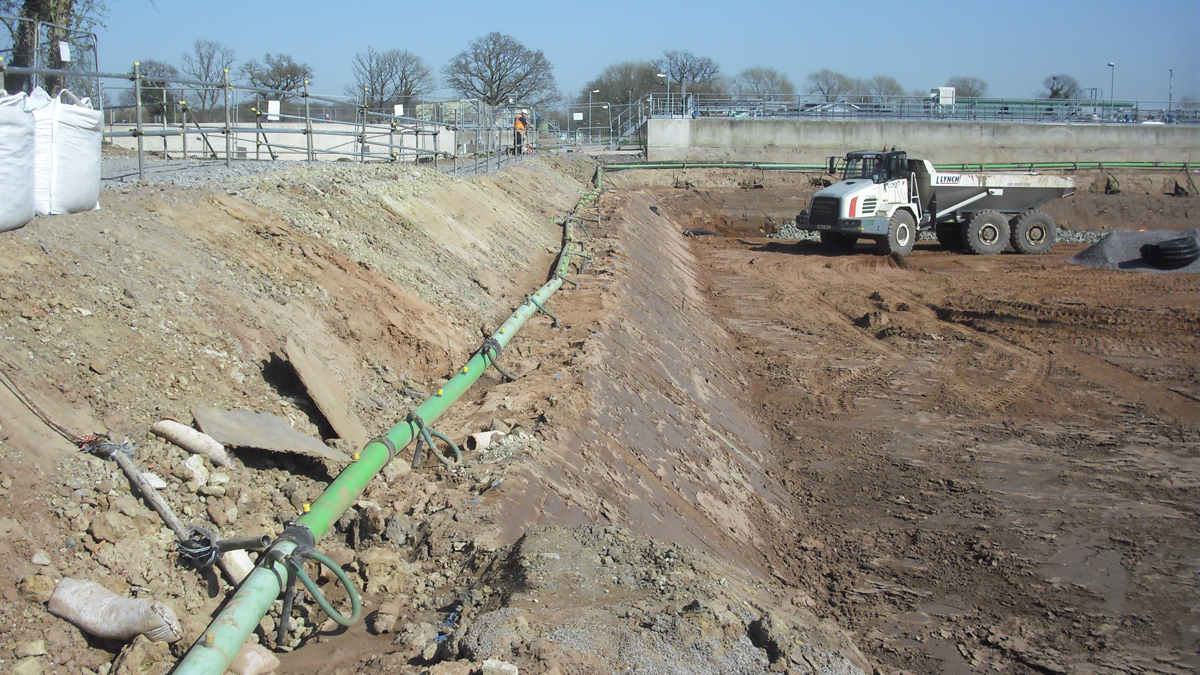
Dewatering system to drawdown the water table below the construction of an ASP tank - Courtesy of OGI Groundwater Specialists Ltd
Background
Groundwater abstraction is relied upon heavily throughout the world for the supply of water. In 2010, total global groundwater abstraction was estimated to be circa 1,000 km3/a of which 72 km3/a within Europe [7], and with England alone abstracting groundwater at a rate over 2 km3/a [10]. The world’s dependence on groundwater means that groundwater abstraction during underground construction needs to be planned and managed carefully so that water resources are protected.
During the construction of infrastructure, particularly in the wastewater treatment sector, there is the requirement for the abstraction of groundwater when structures are built below water table. Such groundwater abstraction from permeable strata is required to lower the water table below the construction formation level, or to reduce artesian head to prevent ground heave.
The abstraction of groundwater for construction, known as ‘Groundwater Control’ or ‘Construction Dewatering’ can be achieved using a number of different techniques, each being designed to match the particular soils and groundwater conditions expected.
For example, for the construction a shallow trench for a sewer pipeline of circa 4m deep in a silt sand, a vacuum wellpointing, or suction well system is normally used.
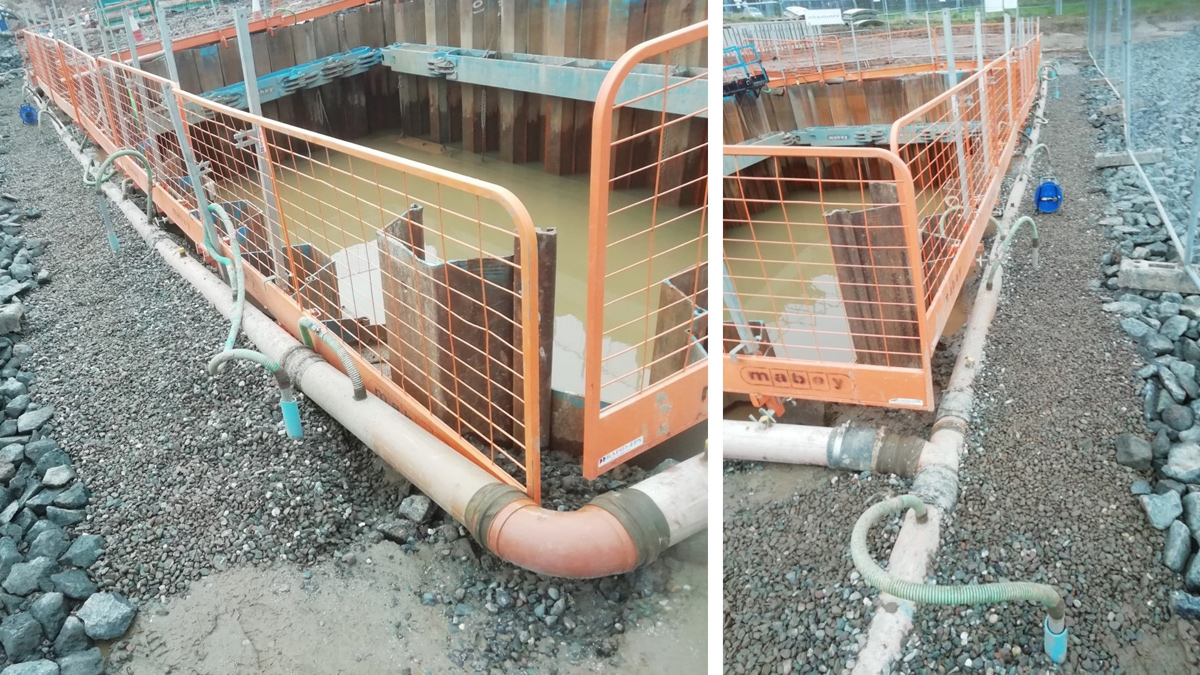
Figure 1: An example of a suction well system in Glasgow – Courtesy of OGI Groundwater Specialists Ltd
However, for a deep structure constructed in a highly permeable soil or rock, a better suited groundwater control system is a deep well system, comprising drilled boreholes with electro-submersible pumps.
The image below shows one of around 30 (No.) deep boreholes, drilled to more than 30m below ground level. Electro-submersible pumps were used to reduce the water table and piezometric head below the invert of a twin tunnel system for the Light Railway Transport extension at Chaplin & Fairbank in Toronto, Canada.
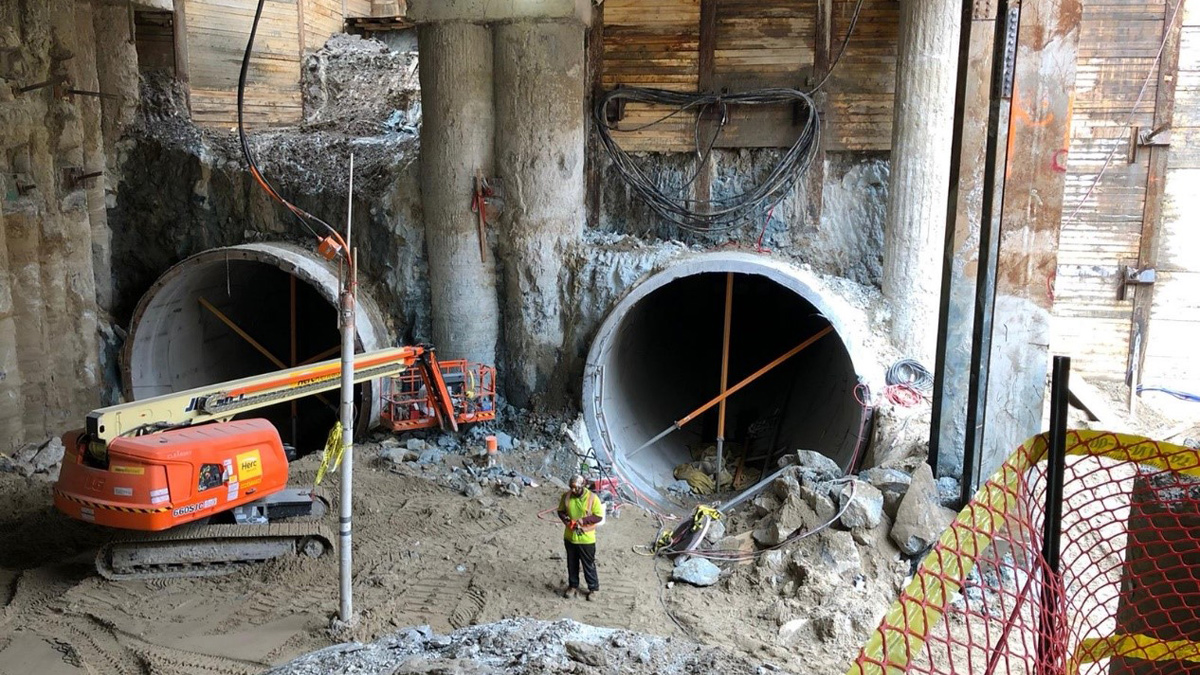
Figure 2: Internal deep groundwater control well within the Toronto LRT station box – Courtesy of OGI Groundwater Specialists Ltd
In all cases, the same outcome is sought; to abstract clear groundwater, filtered so as to prevent silts from being removed from the ground, with the objective of lowering the water table and reducing pore-water pressure.
Furthermore, by using wells, designed with appropriate filters so to produce crystal-clear water (Figure 3) to lower the groundwater the risks can be mitigated. The abstracted groundwater then can be pumped safely to a river, lake or sewer, under the condition that the water is chemically acceptable.
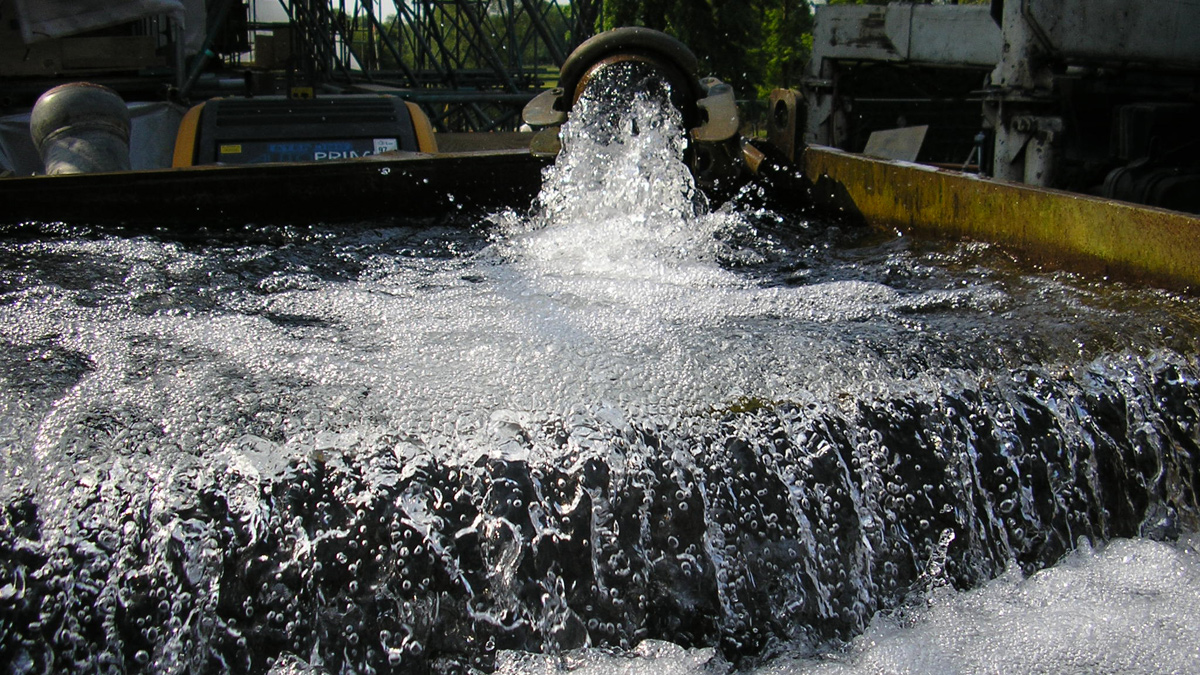
Figure 3: Crystal-clear groundwater abstracted from filtered wells – Courtesy of OGI Groundwater Specialists Ltd
In past years, such temporary groundwater abstraction during the construction period, was undertaken with little thought regarding the impact on water resources. No permitting was required, simply a notification to the Environment Agency (EA) of England & Wales, the Scottish Environmental Protection Agency (SEPA), and the Northern Ireland Environment Agency (NIEA) that temporary construction dewatering was due to take place.
However, a construction project requiring excavation into permeable ground below the water table, can remove substantial volumes of a precious groundwater supply from the hydrogeological resource. For example, a one-year groundwater control operation, pumping at 30 litre/second can abstract circa one billion litres of groundwater from the hydrogeological water resource.
Environment Agencies in the UK have seen that this temporary groundwater abstraction has a detrimental impact on the UK’s wider Groundwater Resource, and as a consequence, the Environment Agency of England & Wales introduced recent legislation so that temporary groundwater extraction is a regulated activity [8].
This means that the principal contractor responsible for a Construction Site, is now required to apply for and receive an abstraction licence for the removal of groundwater from the ground. In addition, a discharge permit may also be required if groundwater is to be discharged to a water-course, or pumped under pressure back to permeable ground.
In particular, in some areas of the UK where there are particular water shortages, this new legislation means that temporary dewatering operations cannot be undertaken unless groundwater replacement is implemented as a means of mitigating potential negative impacts on regional water resources. This has been experienced by the author in some parts of the UK where license conditions have meant that 100% of the abstracted groundwater must be recharged back to the same geological strata.
An example of such groundwater recharge is presented below where a series of recharge boreholes was constructed to inject clear abstracted groundwater back to the same stratum from which it was abstracted, approximately 200m away.
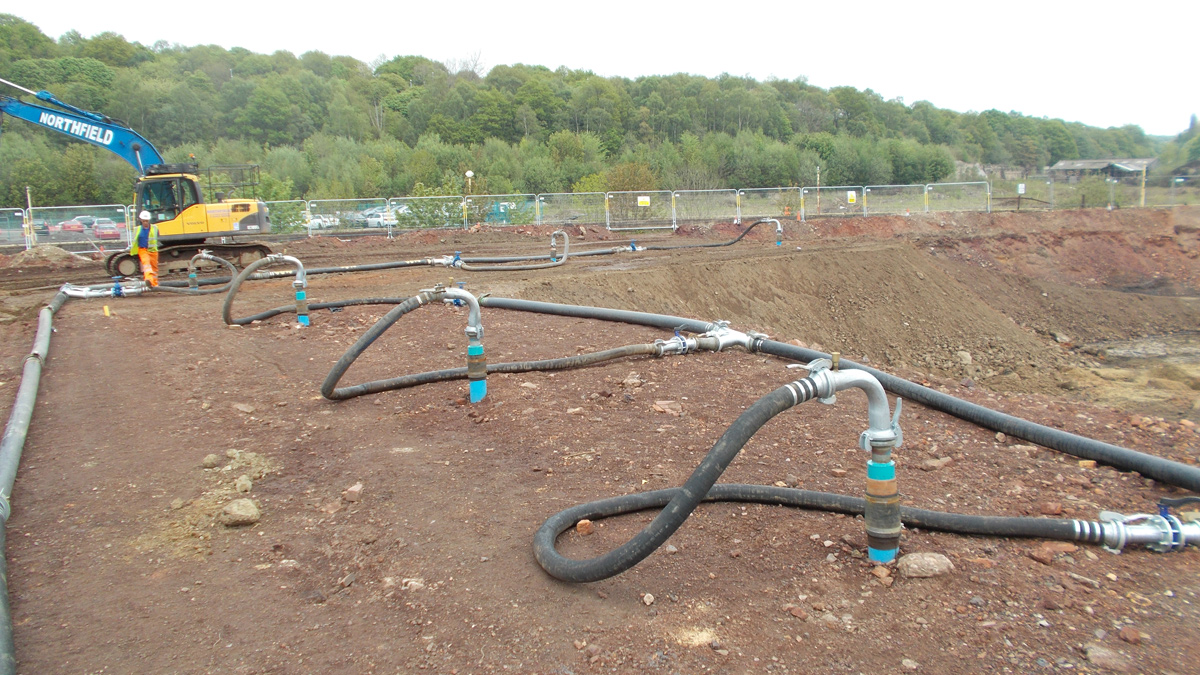
Figure 4: Groundwater control recharge system at Kirkstall Forge, Leeds – Courtesy of OGI Groundwater Specialists Ltd
Construction of a major gas pipeline
The River Humber gas pipeline replacement by National Grid is a major infrastructure project to replace an existing gas pipeline. The project required the construction of a 5-km long tunnel beneath the tidal Humber Estuary on the eastern coast of Northern England.
To mitigate the impact on water resources, a groundwater engineering and control strategy was developed with groundwater abstraction from pumping wells inside the structure, and with groundwater recharged back into the chalk aquifer at distance outside the wall. This prevented drawdown towards the River Humber which could have resulted in saline intrusion.
This operation proved to be a complete success, with the tunnelling beneath the Humber now complete. The project is described in more detail in the Proceedings of the 2018 Chalk Conference [5] [6].
Microtunnel reception shaft, Scotland
During construction of a microtunnel reception shaft near Glasgow, larger and more frequent boulders were encountered than expected. These unexpected ground conditions resulted in the construction methodology being changed from jacked caisson to underpinning. The previous construction methodology could be undertaken in the wet, however the new methodology would require active dewatering.
Concerns were raised by key stakeholders about the potential risk of settlement from dewatering as the shaft was in close proximity to both a live railway and bridge piers (for a major road bridge spanning the River Clyde).
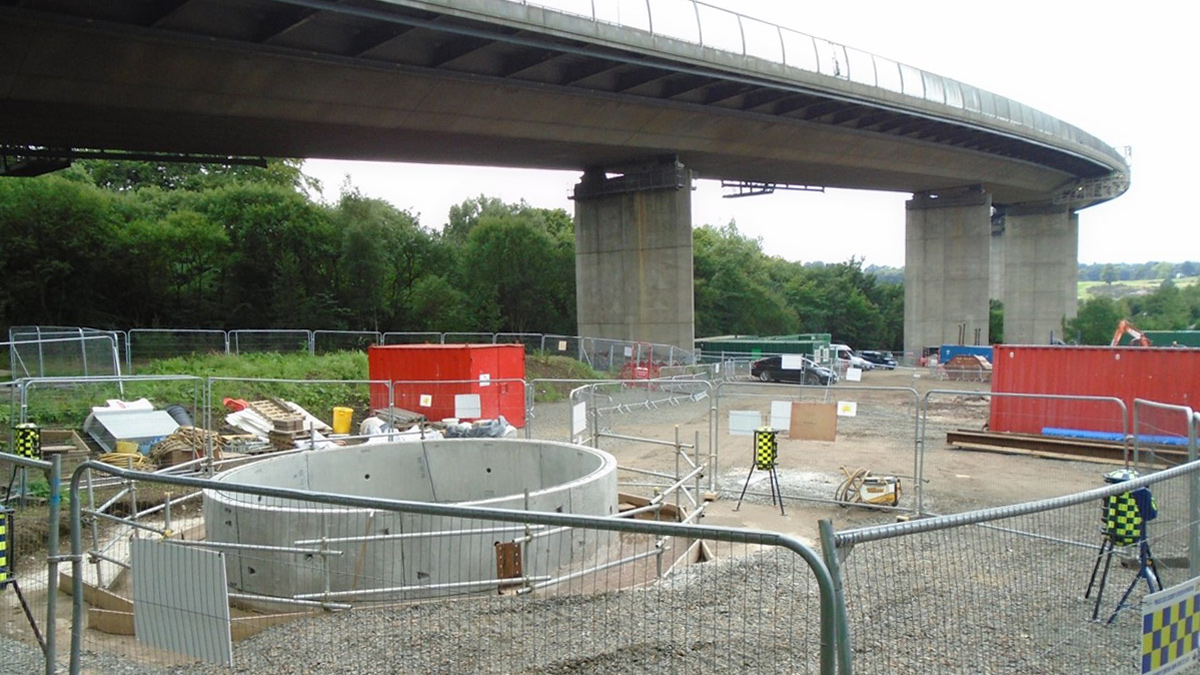
Figure 5: Groundwater control pumping & recharge system close to bridge piers, Glasgow – Courtesy of OGI Groundwater Specialists Ltd
The geology at the site generally comprised silty sands and gravels, overlying glacial till containing cobbles and boulders. The stakeholders were concerned with two main mechanisms for ground settlement at the site; settlement from ground loss (the granular deposits at the site were susceptible to ‘running’), and settlement from a reduction in pore water pressure in shallow deposits.
To mitigate the concerns of stakeholders, a groundwater control system that included recharge was designed to minimize drawdown at distance, as well as reduce water ingress into the shaft which could mobilise the soil.
A series of wells were drilled outside the shaft with borehole pumps installed to abstract clear groundwater from the silty sands and gravels, together with granular lenses within the glacial till. The wells were designed with appropriate casing slot sizes and filter material to prevent ground ingress into the wells, which subsequently could lead to ground loss induced settlement.
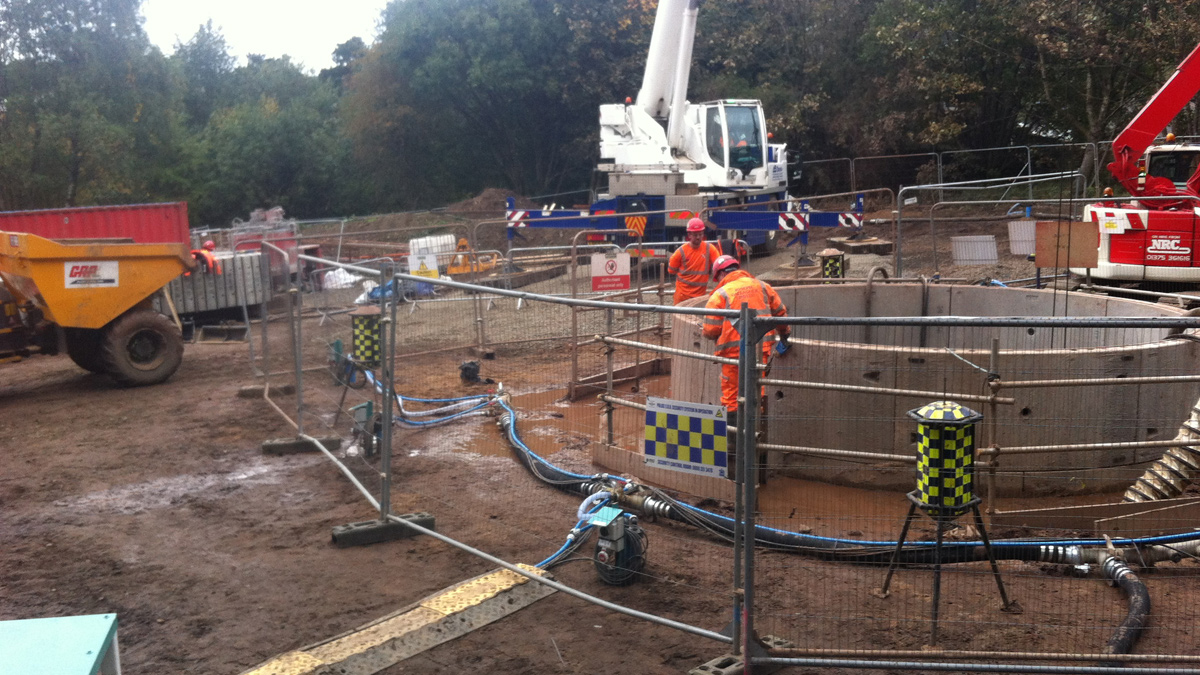
Figure 6: Groundwater control pumping & recharge system, Glasgow – Courtesy of OGI Groundwater Specialists Ltd
Site logistical constraints required recharge wells within relatively close proximity to the shaft, and as such an assessment was required to confirm the system’s feasibility.
Finite element modelling was undertaken to ascertain the flow rates required to minimize the groundwater ingress into the shaft, and to predict the water table level at the railway and bridge piers after water recharge into a series of wells between the shaft and sensitive structures.
The finite element modelling, illustrated in Figure 7, demonstrated that a recharge system was feasible and would prevent drawdown in excess of 0.5m below the bridge piers (13 and 14) or the railway line.
A robust inspection, testing and monitoring plan was put into place, including detailed water monitoring and settlement monitoring of the surrounding ground, bridge piers and railway line.
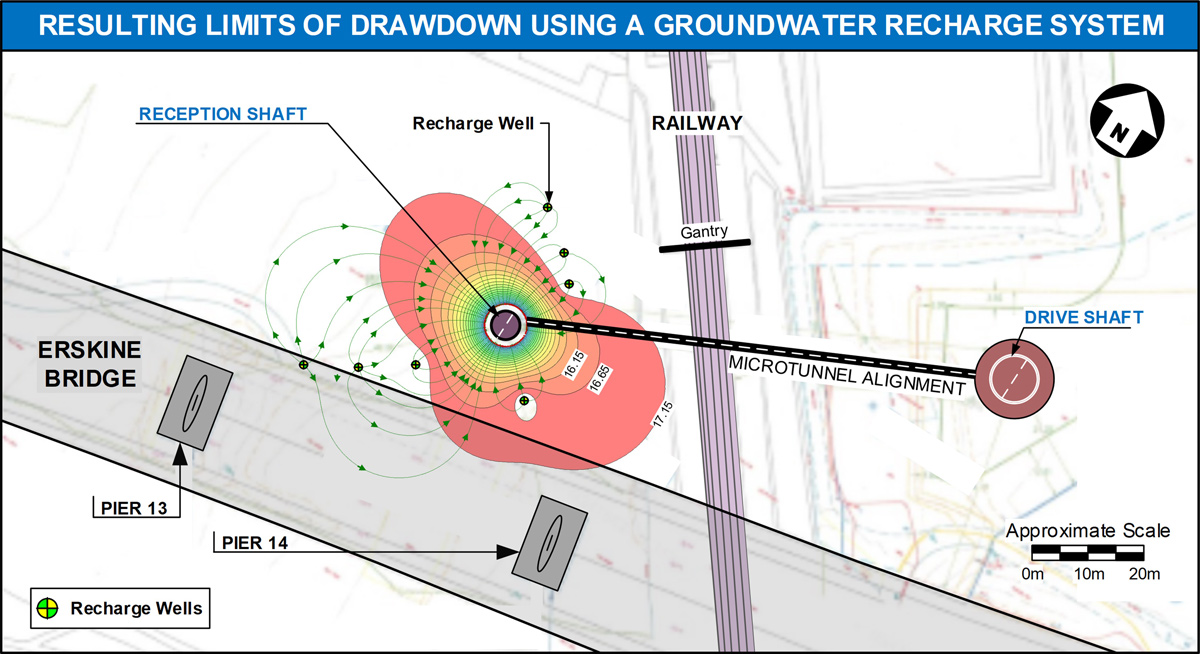
Figure 7: Finite element modelling of groundwater control pumping & recharge system, Glasgow – Courtesy of OGI Groundwater Specialists Ltd
Commonwealth Games Aquatics Centre
The Aquatics Centre for the 2022 Commonwealth Games in Sandwell, Birmingham, is currently under construction and due for completion in early 2022.
The construction of the Aquatics Centre at Sandwell, required deep excavation works for the Competition Pool, Dive Pool, Plant room and surrounding Infrastructure. These earthworks required a particularly challenging design for the Groundwater Control System, especially to comply with current UK legislation.
As a consequence of historic over-abstraction in the area, the most sustainable way that the project could receive an abstraction licence from the Environment Agency was if 100% of the abstracted groundwater was recharged back to the same aquifer within the site boundary.
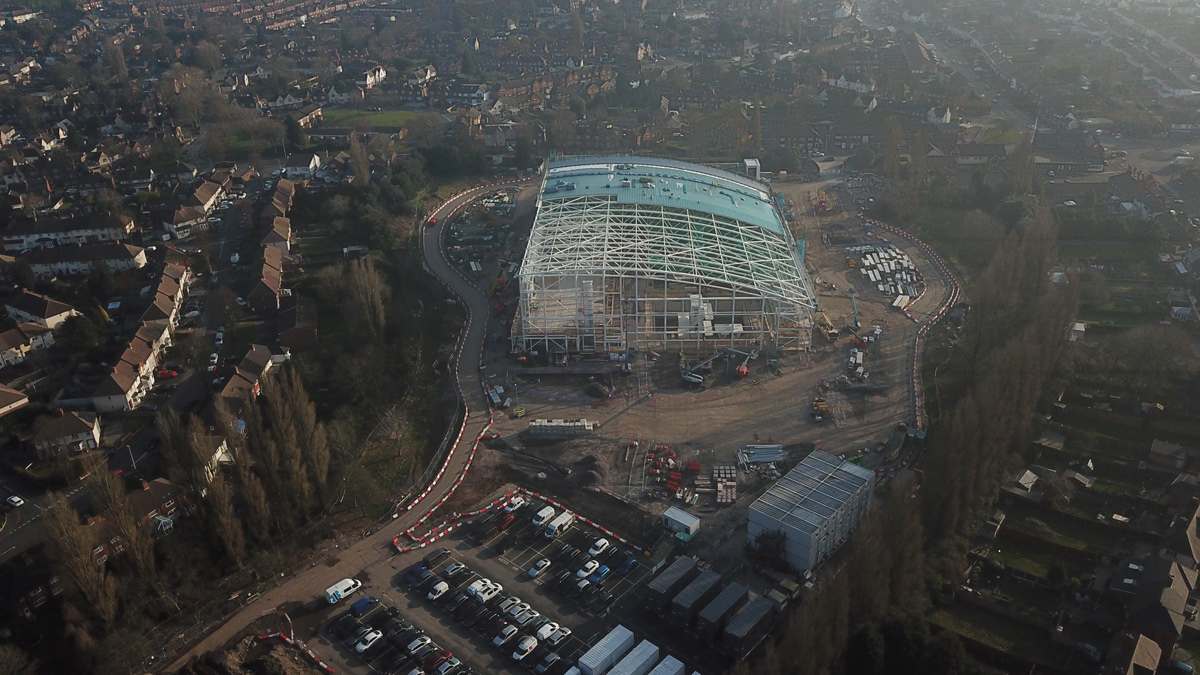
Figure 8: View of Sandwell Aquatics Centre during construction – Courtesy of Wates Construction
In most parts of England, the Environment Agency grants a license to abstract groundwater below an agreed pre-determined abstraction rate. However, due to current over-abstraction of groundwater from the principal aquifer underlying Birmingham (the Chester Formation), the EA specified the net abstraction rate as zero for the Sandwell Aquatics Centre Project.
To ensure that this constraint was achieved, Wates Construction (principal contractor), engaged OGI Groundwater Specialists Ltd to design and manage this operation.
The Groundwater Control operation itself would have been relatively straight-forward if the abstracted groundwater could have been discharged by conventional means, i.e., directly to sewer. However, this traditional approach would have resulted in the loss of groundwater in the order of 250 million litres over the period of construction.
OGI’s innovative approach provided:
- Environmental benefits by the protection of the groundwater resource.
- Social benefit by demonstrating environmental protection in practice.
- Economic benefit in that sewer disposal charges were removed.
This approach first required the development of a multi-dimensional groundwater flow model for the site. This model enabled the simulation of groundwater flow resulting from pumping from a series of abstraction wells, with this groundwater recharged under pressure into a series of recharge wells.
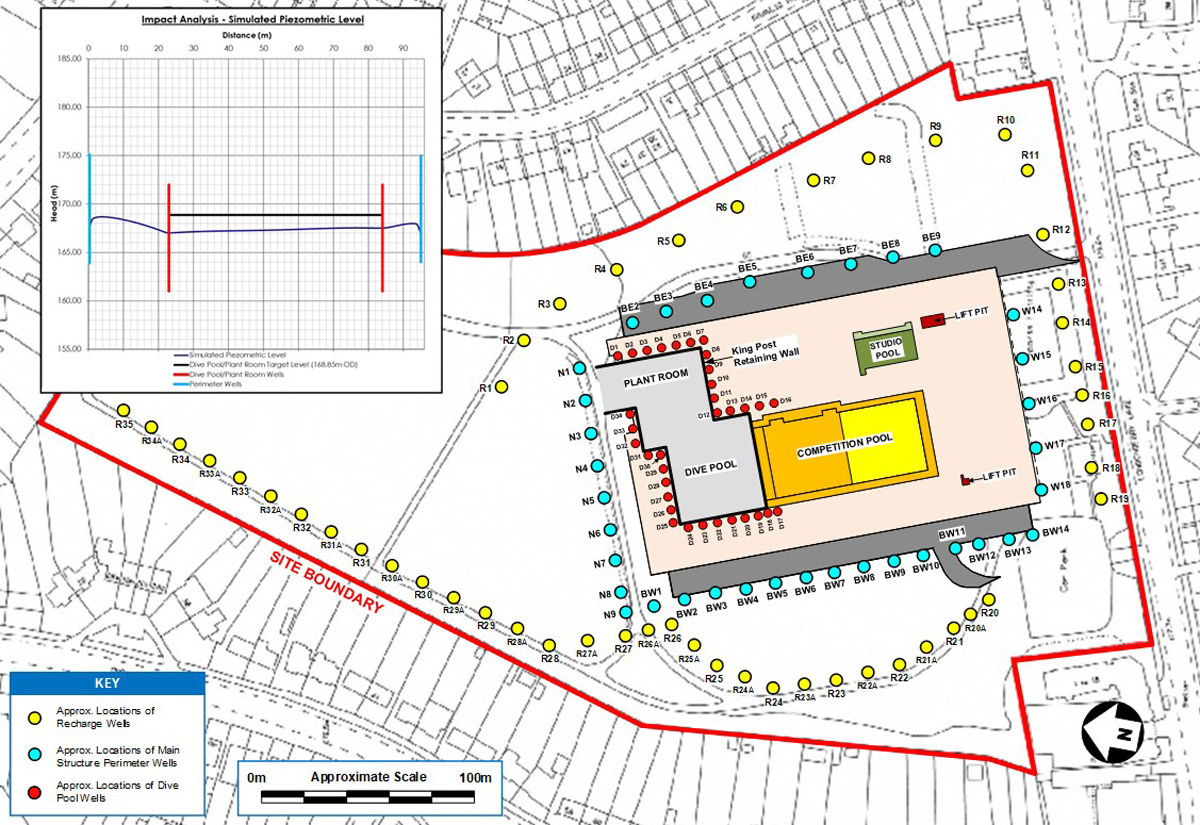
Figure 9: Groundwater control pumping & recharge system at the Commonwealth Games Aquatic Centre – Courtesy of OGI Groundwater Specialists Ltd
During the project, there were periods when certain areas of the site required the lowering of the artesian head, with water recharge to wells elsewhere on the site. At later stages the locations for abstraction and recharge were swapped to enable underground construction in other areas on site.
On the ground, the system designed by OGI was installed by Alba De-Watering Services Ltd, an established groundwater control contractor in the UK.
The system itself ultimately required over 120 abstraction wells and 50 recharge wells, with each well individually specified so groundwater abstraction and recharge were targeted at the appropriate aquifer.
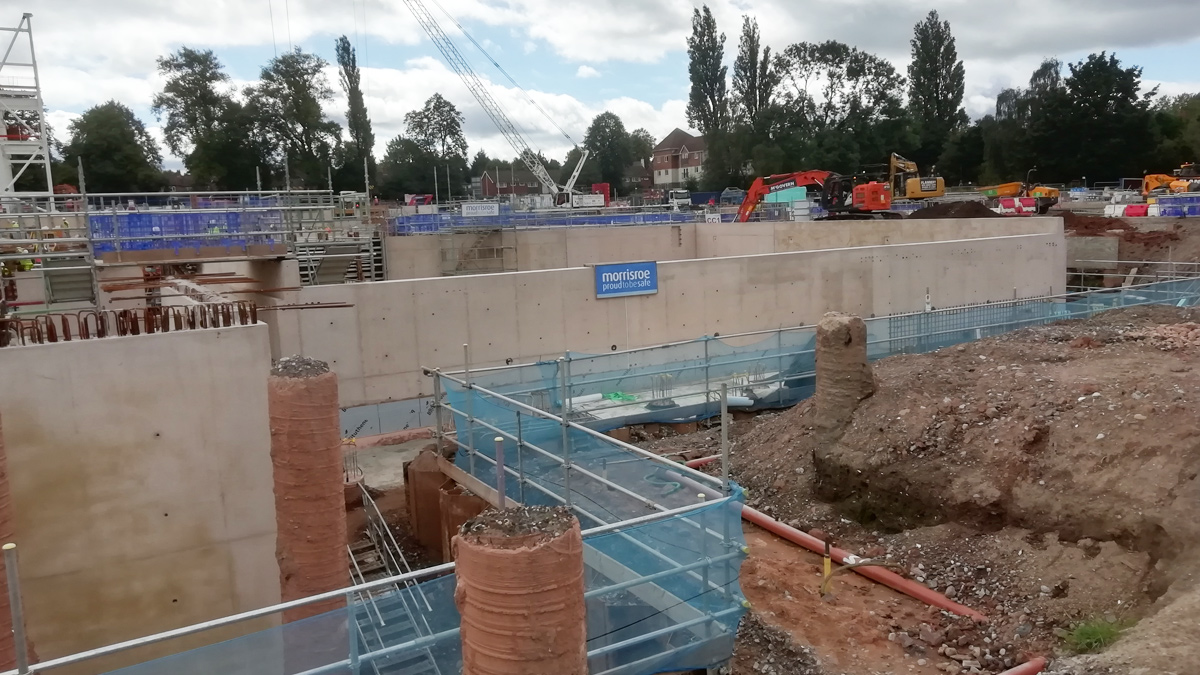
Figure 10: Groundwater control pumping & recharge system at the Commonwealth Games Aquatic Centre – Courtesy of OGI Groundwater Specialists Ltd
Most challenging was that the natural piezometric head in this area was close to ground level, and in places even flowing artesian. For this reason, the recharge system required the pressurisation of the water at each recharge well head. This was achieved by pumping the abstracted groundwater to a large holding tank at an elevated location on the site, resulting in the recharge pipes being maintained under gravitational pressure of circa 35 kPa, to overcome the high artesian pressure within the aquifer.
The construction of the 2022 Commonwealth Games Aquatics Centre at Sandwell, Birmingham, required a particularly challenging Groundwater Control operation for the deep excavation works for the Competition Pool, Dive Pool, Plant Room and surrounding infrastructure.
This challenging operation required a combination of the development of a multi-dimensional groundwater flow model, latest design techniques, combined with skilled installation practices and astute site management.
The project achieved all objectives by ensuring a zero net loss of groundwater resource from the aquifer, lowering the groundwater level so enabling underground structures to be constructed safely, and providing an exemplar project that promotes this environmentally sustainable technique across the supply chain.
Background reading
The following is a series of useful references for further background reading:
- [1] Bock, M., Markussen, L.M.: Dewatering control in central Copenhagen. Geotechnical Engineering in Urban Environments. In: Proceedings 14th European Conference on Soil Mechanics and Geotechnical Engineering 2, pp. 715-720. IOS Press, Amsterdam (2007).
- [2] Thomas, S. Goodfellow, T. and Watson, J. Groundwater Recharge Systems to Mitigate the Impact from Construction Dewatering. In: Monteiro J. et al. (eds) INCREaSE 2019. Springer (2019).
- [3] Dillon, P., Stuyfzand, O., Grischeck, T. et al.: Sixty years of global progress in managed aquifer recharge. Hydrogeology Journal 27(1), 1-30 (2019).
- [4] Environment Agency: Grimsby, Ancholme and Louth Catchment Abstraction Management Strategy (2013).
- [5] Goodfellow, T.L., Thomas, S.D.: Groundwater resource protection from construction groundwater control in Lincolnshire chalk. In: Engineering in Chalk: Proceedings of the Chalk 2018 Conference, pp. 669-674. ICE Publishing, London (2018).
- [6] Holmes, G.J., Roberts, T.O.L., Lee, M.: A case study of construction dewatering in Northern Province Chalk. In: Engineering in Chalk: Proceedings of the Chalk 2018 Conference, pp. 147-153. ICE Publishing, London (2018).
- [7] Margat, J., van der Gun, J.: Groundwater around the world. Balkema, Lisse, The Netherlands (2013).
- [8] Preene, M., Roberts, T.O.L., Powrie, W.: CIRIA Report C750 – Groundwater Control: Design and Practice, 2nd edn. Construction Industry Research and Information Association, London (2016).
- [9] Pyne, R.D.G: Groundwater Recharge and Wells: A guide to Aquifer Storage Recovery. Lewis Publishers, Boca Raton, FL (1994).
- [10] Water Abstraction and Impounding (Exemptions) Regulations 2017 – Available here.
- [11] Estimated groundwater abstraction in England in 2017.


